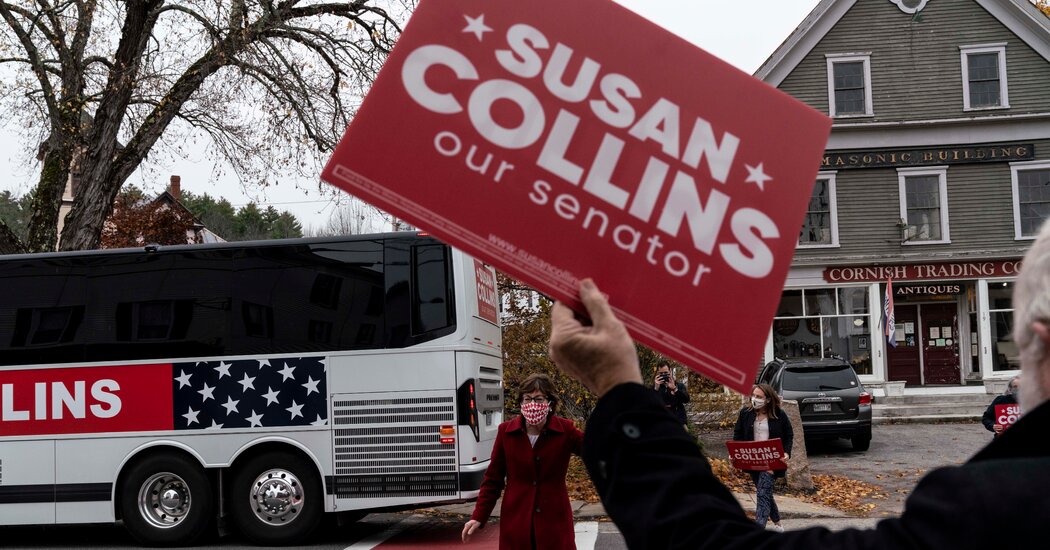In a state tilting away from Mr. Trump, Ms. Collins appeared to be easy pickings, and donors poured money into the state. For weeks before the election, polls showed Ms. Collins struggling for survival, outspent two-to-one by her rival. But on Nov. 3 she won by eight points, in large part thanks to a groundswell of support in small towns.
In Rumford, which flipped Republican in 2016, voters thought the reasons were clear: The Gideon campaign, they said, was too focused on national politics. It was too negative, they complained. And it cost too much money, too much of it from outside the state.
“It was like being a local in Woodstock in 1969,” said Dan Shea, a professor of government at Colby College. “When it first started, it was exciting and fun, but by the end, it was muddy and dirty. My guess is that there were diminishing returns by September.”
Targeted spending on advertising does, of course, work in some cases. Mark Kelly, the Democratic Senate candidate in Arizona, was buoyed by $38.7 million in donations in the last three months of the race, and defeated Martha McSally, the Republican incumbent, in a traditionally conservative state.
But Maine offers an example of how a nationalized, big-money effort can backfire. Maine’s media market is tiny and the cost of advertising so low that the campaigns were hard-pressed to spend the money they had.
As a result, viewers were flooded with advertisements starting in the spring, accusing Ms. Collins of selling out to special interests or caving to Mr. Trump. And that spending — perceived as coming from outside the state — did not sit well with many Mainers.
“If you pump $100 million in here, you’re trying to buy the election,” said David Libby, 65, a boilermaker from Rumford.
















